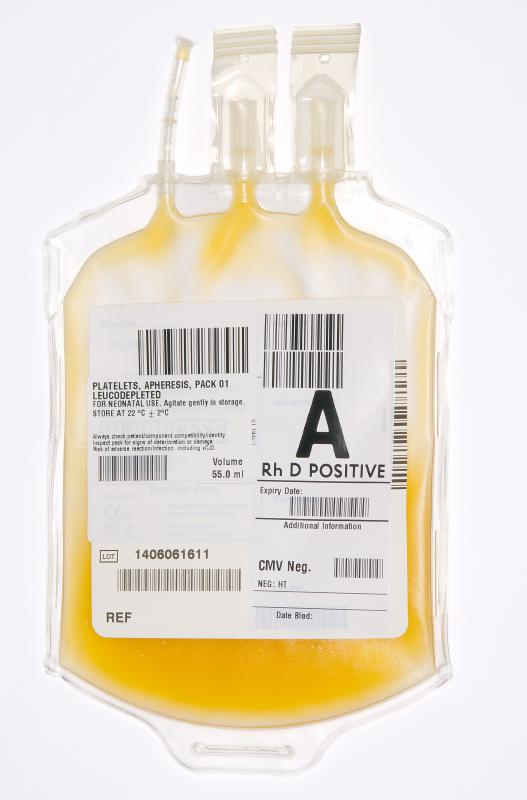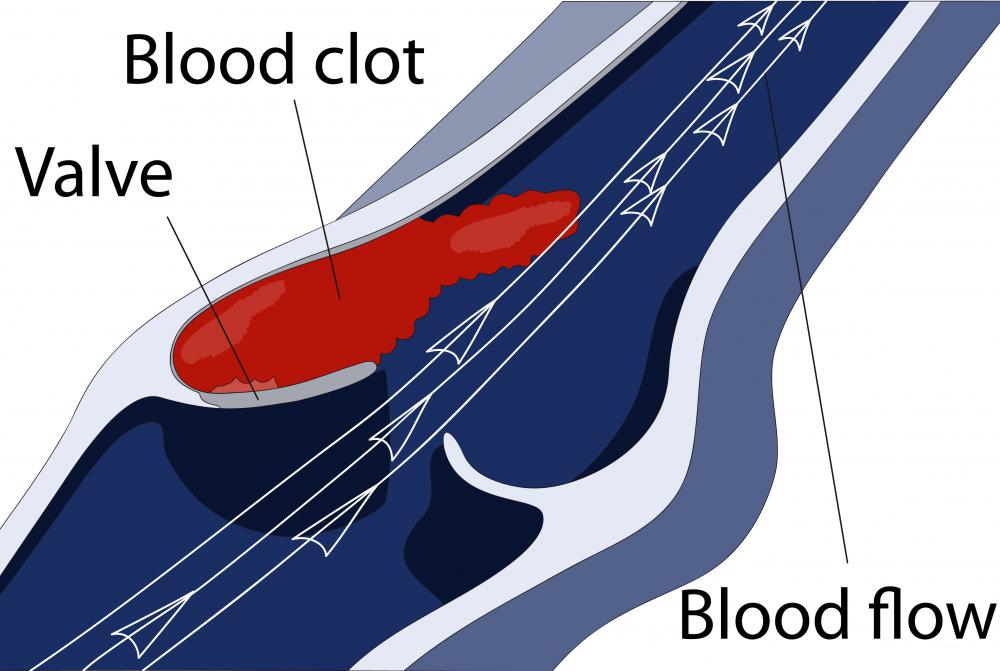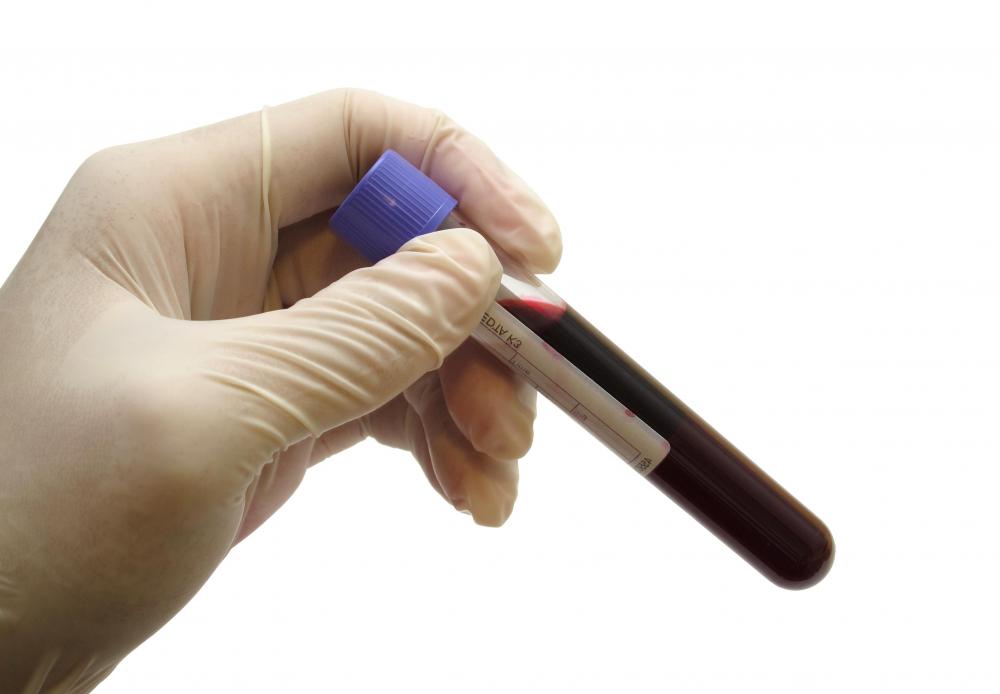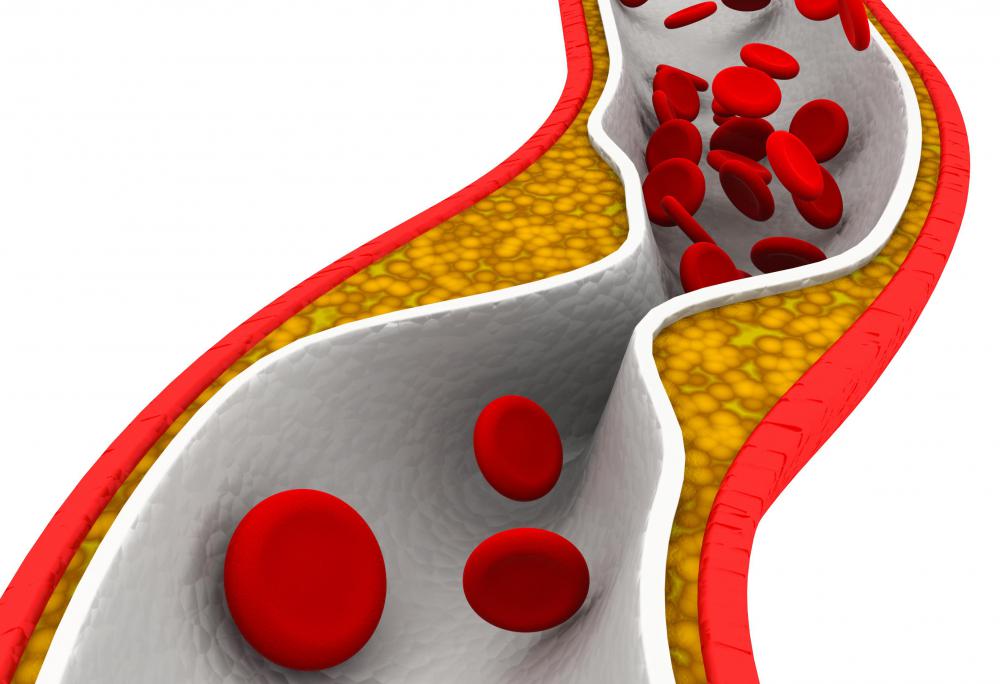At TheHealthBoard, we're committed to delivering accurate, trustworthy information. Our expert-authored content is rigorously fact-checked and sourced from credible authorities. Discover how we uphold the highest standards in providing you with reliable knowledge.
What are Serum Components?
Blood serum is made up of plasma that has had the fibrinogens removed. Plasma is the liquid part of blood and is yellow in color and is made mostly of water. Fibrinogens consist of proteins that cause the blood to clot. The serum components are often measured during laboratory tests where blood work is required and there are various tests using them.
Albumin is one of the serum components that is often tested. Albumin is a water soluble protein present in blood. It is the protein that is most abundant in the plasma of all mammals. In fact, albumin makes up half of the protein found in plasma. By nature, albumin is a carrier protein. It is used to transport some hormones and fatty acids throughout the body.

Globulin is another of the serum components present in plasma. Globulin is also a protein. It is produced both by the liver and by the immune system. Antibody deficiencies are often suspected when the globulin levels are low. The term globulin is sometimes used when referring to any globular protein. This can be misleading since some globular proteins, such as albumin, are not actually globulins themselves.

Another of the serum components is a group of molecules known as lipids. Lipids include such things as fats, oils, and triglycerides. Cholesterol is often checked as well during a lipid profile. This test can help to determine whether a patient suffers from conditions such as coronary heart disease or hardening of the arteries.
Serum iron is yet another test done when checking the serum components. This test is often performed when an iron deficiency such as anemia is suspected. This test is generally performed along with other tests in order to accurately measure iron levels circulating in the bloodstream.

Serum protein electrophoresis is another test used when testing serum components. This test is used to measure the proteins known as globulins. In this particular test, the globular proteins are actually separated and classified according to electrical charge and size. This test measures the serum albumin, the alpha globulins, the beta globulins, and the gamma globulins.

The serum total protein is another test of the serum components. This test is often used in place of the serum protein electrophoresis test. This test is generally preferred because it is a much less expensive test. The serum total protein test results also come back much more quickly than do the results of the serum protein electrophoresis test.
AS FEATURED ON:
AS FEATURED ON:
















Discussion Comments
@pleonasm - I think in some cases they are deliberately taking the fibrinogens out so they can give them to people who have blood that doesn't clot well.
Plasma is often divided up into components so that it will go further. The process of extracting takes so long that they often have trouble getting volunteers, so it's better to use it as efficiently as possible.
But, mostly I think they are removed because the serum is being tested for things, and the fibrinogens get in the way.
As it says in the article, serum can be tested for all kinds of things, like blood type and so on.
Since the fibrinogens are the clotting factor in blood, I think they are sometimes removed when you donate plasma, to make serum instead.
It would make it easier to store and work with the blood, I'd imagine, if you didn't have to worry about it clotting.
In fact, that's one of the big dangers of donating plasma. They add citrates to the blood when it is being removed so that it won't clot.
But, the citrates bond to calcium, so when it is returned to the body you need to watch out to make sure the person doesn't go into shock from lack of calcium.
They explained it to me when I gave plasma the last time. It's why they watch you so carefully in that procedure, but don't pay as much attention when you are giving whole blood.
Post your comments